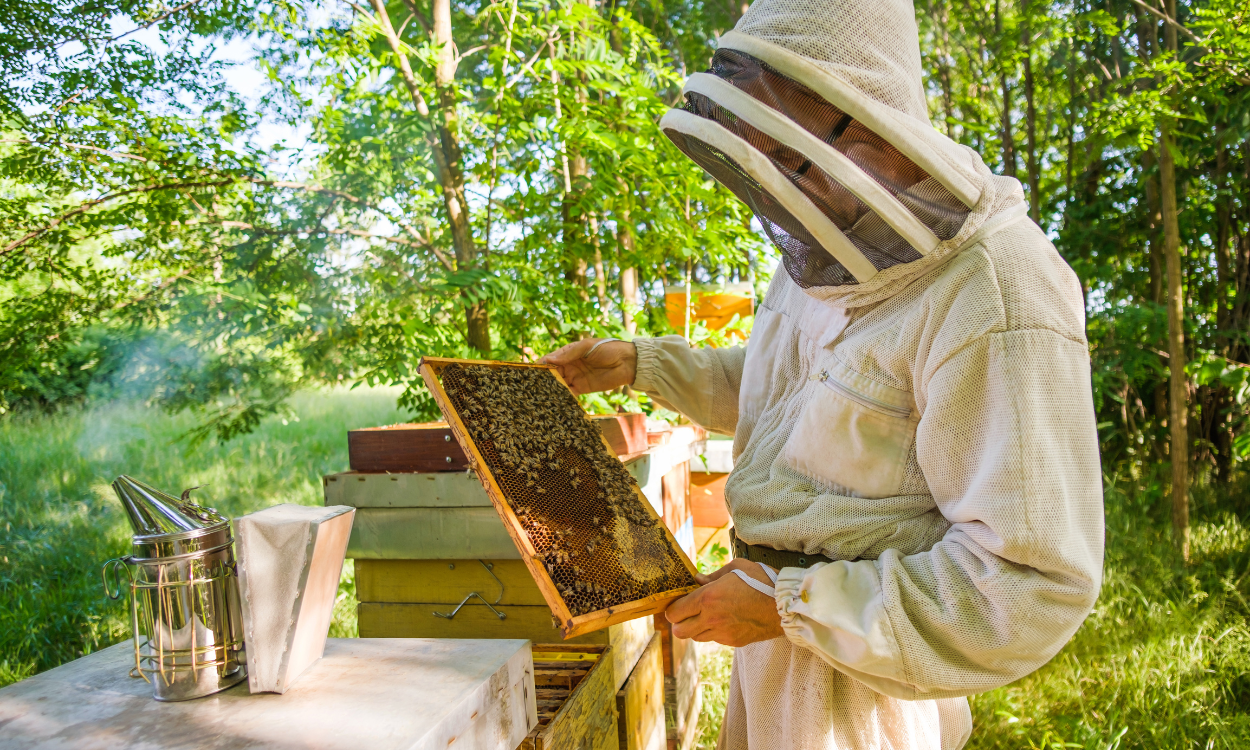

The Environmental Impact of Honey Production
Honey is a beloved natural sweetener that has been used for thousands of years. It is a versatile ingredient found in everything from baked goods to skincare products. Beekeeping is often viewed as a benign and eco-friendly practice, with bees playing a crucial role in pollinating plants. However, the reality is that modern honey production can have significant environmental consequences that are important to understand.
The Decline of Bee Populations
One of the primary environmental impacts of honey production is the decline of bee populations around the world. Bees are responsible for pollinating about 75% of flowering plants and crops, making them essential for healthy ecosystems and food production. However, bee populations have been in steep decline in recent decades due to a variety of factors, including habitat loss, pesticide use, climate change, and diseases.
Commercial beekeepers who produce honey on a large scale can contribute to bee decline in a few key ways. First, the practice of migratory beekeeping, where hives are transported long distances to pollinate different crops, can stress bees and make them more susceptible to disease. Additionally, commercial beekeepers often use antibiotics and miticides to control pests and diseases in their hives, which can have negative impacts on bee health.
Furthermore, the intense focus on honey production in commercial operations can lead beekeepers to prioritize honey yield over the overall health and well-being of their bee colonies. This can result in practices like over-harvesting honey, which deprives bees of the food they need to survive the winter months.
Deforestation and Habitat Loss
Another significant environmental impact of honey production is its contribution to deforestation and habitat loss. In many parts of the world, beekeepers rely on access to natural forests and other undisturbed ecosystems to provide forage for their bees. As these natural habitats are cleared for agriculture, urban development, and other land use changes, beekeepers are often forced to move their hives to new locations, further fragmenting and degrading ecosystems.
This loss of natural habitat not only affects the bee colonies themselves but also the countless other species that depend on these environments, including other pollinators, birds, and small mammals. The destruction of these habitats can have cascading effects on local and global biodiversity, compromising the overall health and resilience of our natural systems.
Environmental Footprint of Honey Production
In addition to the impacts on bee populations and habitat, the process of honey production itself can have a significant environmental footprint. The transportation of hives, the use of energy-intensive extraction and processing equipment, and the packaging and distribution of honey all contribute to greenhouse gas emissions, energy consumption, and waste generation.
Moreover, the way that honey is produced can also affect its environmental impact. For example, some beekeepers use conventional agricultural practices, such as the application of synthetic pesticides and fertilizers, which can contaminate soil and water sources and harm local ecosystems. In contrast, organic and sustainable beekeeping methods that prioritize the health of bee colonies and the surrounding environment can help to mitigate these impacts.
Opportunities for Sustainable Honey Production
Despite the potential environmental challenges associated with honey production, there are also many opportunities to promote more sustainable practices that can reduce the industry’s ecological footprint. One key approach is to support and encourage small-scale, local beekeepers who prioritize the wellbeing of their bee colonies and the surrounding environment.
These beekeepers often use natural, low-impact methods, such as avoiding the use of synthetic pesticides and antibiotics, and providing their bees with a diverse range of native forage plants. They may also work to preserve and restore natural habitats in their local areas, contributing to the overall health and resilience of local ecosystems.
Another important strategy is to promote consumer awareness and demand for sustainably produced honey. By educating the public about the environmental impacts of honey production and encouraging the purchase of honey from certified organic or sustainable sources, we can create market incentives for beekeepers to adopt more eco-friendly practices.
Additionally, policymakers and researchers can play a crucial role in supporting sustainable honey production through the development of regulations, incentives, and new technologies. For example, governments can implement policies that protect natural habitats and promote the use of integrated pest management strategies in agriculture, which can help to reduce the need for harmful pesticides that threaten bee populations.
Researchers, meanwhile, can continue to investigate innovative approaches to beekeeping that minimize environmental impacts, such as the development of more efficient extraction methods or the breeding of bee strains that are more resilient to disease and climate change.
Conclusion
The environmental impact of honey production is a complex and multifaceted issue, with both positive and negative implications for the health of our ecosystems. While honey is a natural and renewable resource, the practices used in its production can have significant consequences for bee populations, habitat, and the broader environment.
By recognizing these challenges and taking steps to promote more sustainable honey production, we can help to ensure that this beloved sweetener can continue to be enjoyed for generations to come, while also protecting the vital role that bees play in maintaining the delicate balance of our natural world. Through a collective effort involving beekeepers, consumers, policymakers, and researchers, we can work towards a future where honey production and environmental stewardship go hand in hand.